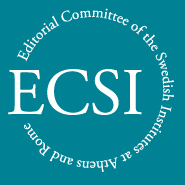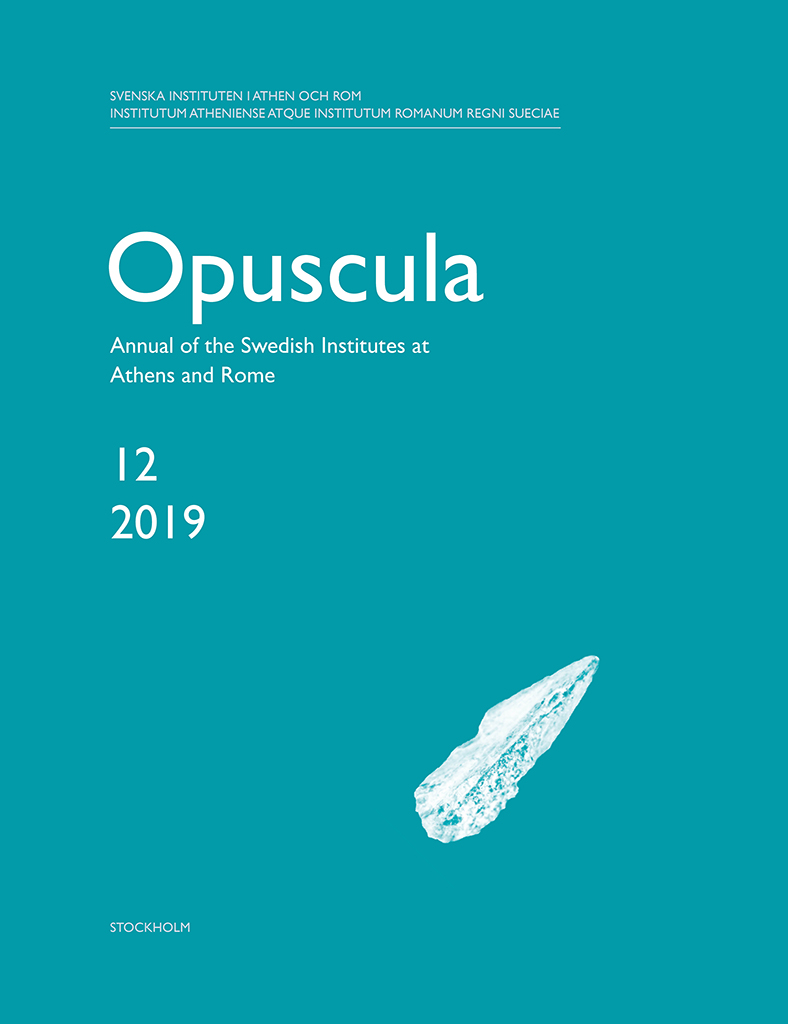Opuscula is published by the Swedish Institutes at Athens and Rome, with the aid of a grant from the Swedish Research Council. Distributed by Eddy.se AB. View journal at ERIH PLUS. All content available with open access. Bioarchaeological field analysis of human remains from the mass graves at Phaleron, Greece. With an introduction by Stella Chryssoulaki and an appendix by Anna Linderholm, Anna Kjellström, Vendela Kempe Lagerholm, and Maja Krzewińska By Anne Ingvarsson (Gustavianum. Uppsala University Museum, Sweden) & Ylva Bäckström (Lund University, Sweden) Abstract In 2016, archaeological excavations undertaken by the Ephorate of Antiquities of West Attica, Piraeus and Islands 3.8 km south-west of Athens, Greece, revealed mass burials of 79 skeletons in three rows. The burials are dated to the 7th century BC. The anthropological field documentation was undertaken by The Swedish Institute of Athens, and followed established bioarchaeological protocols regarding taphonomic processes, age, sex, injuries, and pathological changes. The descriptions and interpretations should be regarded as preliminary field observations. A majority of the individuals were young adult or juvenile males, most of them without signs of active disease and with a generally good oral health status, but with corroded iron shackles around their wrists. Cause of death…

